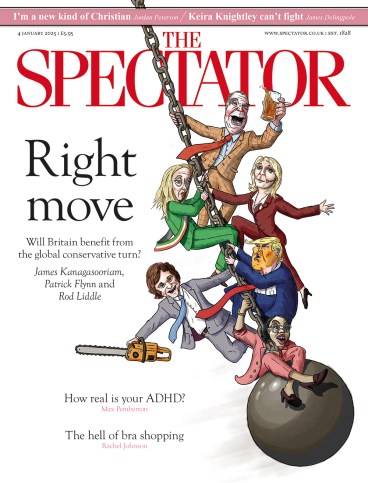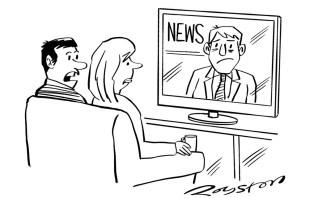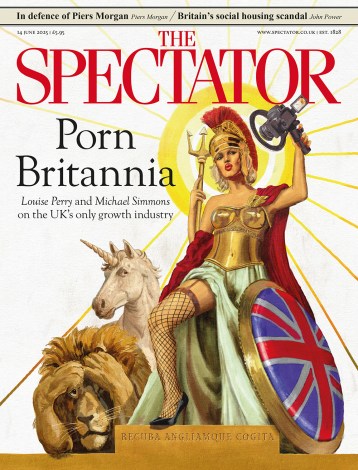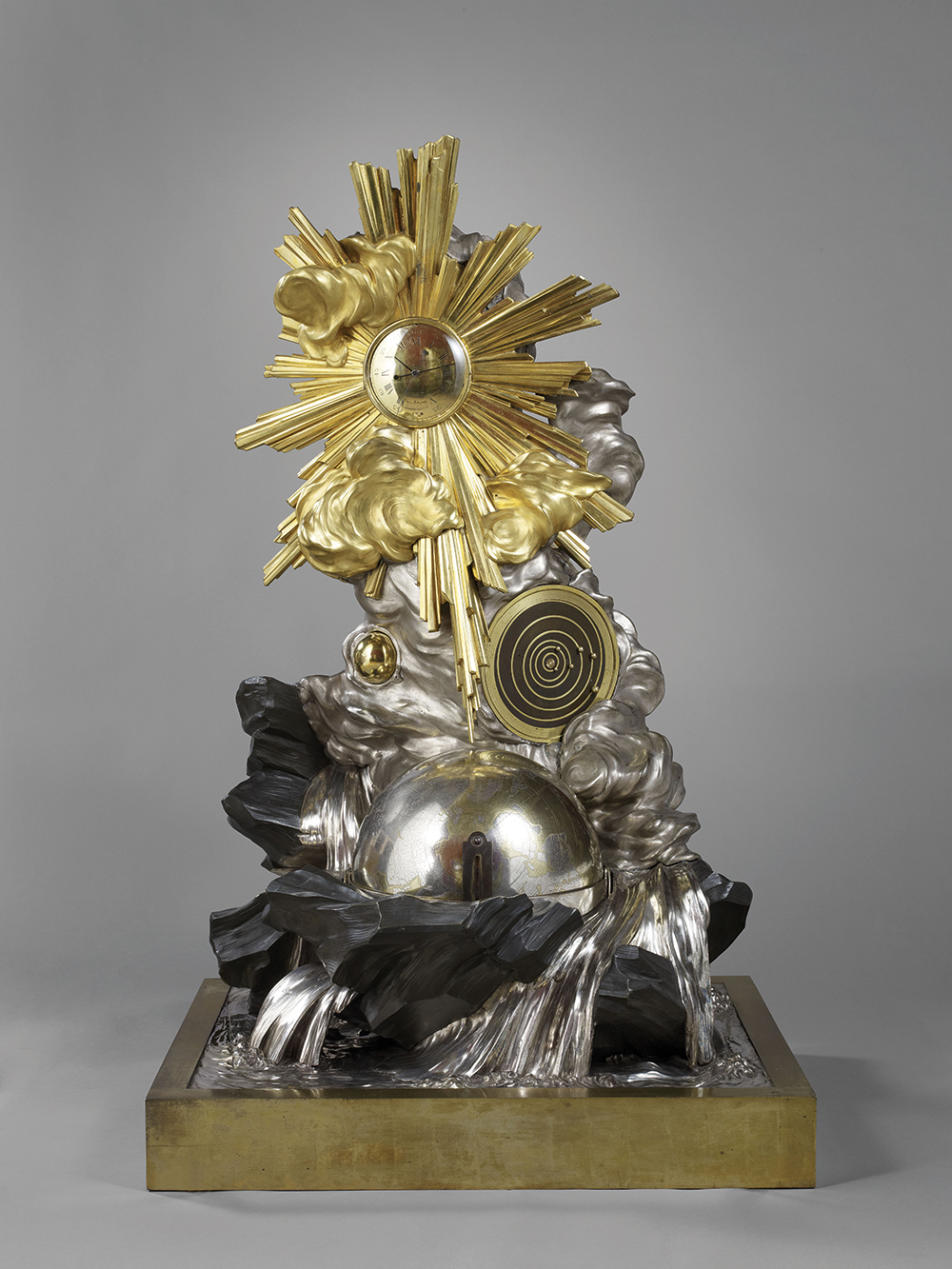
The Enlightenment is back. Despite the best efforts of the past decade of handwringing about cultural imperialism and wailing over machismo, money and majesty, the future keeps crashing in. The Science Museum has now laid its cards on the table with Versailles: Science and Splendour. Think gilt, not guilt.
Is there anything in our lives that could compare to witnessing the first successfully grown pineapple?
It’s marvellous, and unusual these days, to visit an exhibition and feel the colossal force of history without anyone bashing you over the head with infantile morality tales. Expanding on a 2010 display at the Palace itself, lead curator Anna Ferrari ought to be saluted for this unabashed celebration of genius – perhaps with a three-hour firework display. Hopefully it’s a sign that museums and galleries are becoming less embarrassed by their collections and might re-embrace brilliance instead.
The alliance between the ultra-rich and genius is a deep one – and it’s easy to be on the right side of history if you make it. Versailles covers the reigns of the Sun King Louis XIV (r.1643-1715), his great-grandson Louis XV (r.1715-1774) and his grandson Louis XVI (r.1774-1792). While Louis XVI ultimately succumbed to the bloody technical progress of Monsieur Guillotin’s most infamous invention, the 150 years that preceded the founding of the Republic were exceptionally exciting and beautiful in equal measure.
Seeking to extend France’s glorious reign on the advice of his chief minister Jean-Baptiste Colbert, Louis XIV gathered the greatest astronomical, engineering, mathematical, medical and architectural minds of Europe – among them, the Italian Giovanni Cassini, the Dutchman Christiaan Huygens (invited to run the new Academy of Sciences in 1666) and designer of the new Paris Observatory Claude Perrault – and let them experiment, invent and explore to their hearts’ content.
While we think of the Palace at Versailles as the apex of frivolity and French excess, under the three Louis it became a powerhouse of scientific discovery and ingenuity. Engineering feats were accomplished in the expansion of the Palace itself, which was transformed from a hunting lodge to the official seat of the sovereign. A hundred or so exhibits reveal that an age we associate with absolutism and tyranny was also one of great innovation. Not only does the exhibition demonstrate the techno-progressive nature of the French monarchy, but that the separation of the arts and sciences that C.P. Snow identified in the mid-20th century was nowhere to be found, as technics and aesthetics everywhere intertwined.
There are some stand-out artefacts: Cassini’s 1679 map of the moon is all bursts, bubbles, and mysterious markings. There’s Angélique Marguerite Le Boursier du Coudray’s strangely beautiful soft sculpture, ‘La Machine’, an obstetrical mannequin of a baby, womb and umbilical cord, used to train thousands of French midwives and physicians. Childbirth took a huge leap forward in this period, as did surgery. Lowly barber-surgeons were upgraded to professionals after they rescued the Sun King from an anal fistula in 1686. You can inspect the Cronenbergian silver scalpel used in the operation. Elsewhere you can learn about Louis XVI’s pioneering support for smallpox treatments. Louis successfully dosed his entire family with inoculations, an early form of vaccination.
You can’t miss the black rhinoceros. Seeing this creature – a gift to Louis XV from the French governor at Chandernagore in West Bengal – moving about its pen in the menagerie at Versailles in the 1770s must have been mind-bendingly magical for King and serf alike. The rhino (who lived at the Palace on bread and massages for more than 20 years) glares out enigmatically in the midst of beautiful botanical drawings, graphic sketches of horse vivisections, a 1772 declaration of the edibility of the potato, and Jean-Baptiste Oudry’s painting of a pineapple – grown at Versailles using cutting-edge glass cloches.
Alongside hot air balloons, microscopes, telescopes, horoscopes, planetariums, eclipsariums, cranes, increasingly accurate maps, globes, sea clocks, burning mirrors, and maritime instruments of all kinds, we learn too about the ‘machine de Marly’, which was capable of directing water from 7km away to a parched Versailles. Why build anything next to a water supply when you can just invent a mechanism to move it anywhere you want? I was put in mind of the snowy slopes that have been constructed in a desert shopping mall in Dubai or China’s 1,070ft, glass Bailong Elevator that shoots up the side of a cliff.
Why shouldn’t technology be excessively and pointlessly beautiful?
Music by Sun King favourite Jean-Baptiste Lully plays as the visitor is led down a corridor that conjures the geometrical majesty of Versailles. At the promenade’s end, there’s a frankly pornographic film of the fountains at the Palace, water spurting and spuming everywhere in slow motion as golden horses spring from the water, surging towards the Promethean future promised by France’s technological boom.
It’s only after gaping slack-mouthed at the water erotics for a while that you notice a small card nearby that tells you that the fountains could only run for a couple of hours at a time, so when visitors from all over the world came to Versailles, guests were shuffled past at allotted hours as servants fiddled with the mechanics. At one point, Versailles used more water than the entirety of Paris – then the second-largest city in Europe, containing more than half a million people. No doubt such inequalities didn’t help to quell the revolutionary fervour. After all, doesn’t even the lowliest of peasants deserve a piece of exotic fruit, a glimpse of a cassowary or a (now-extinct) quagga, a firework display, a moon map or a gold pendulum clock every now and then?
What’s interesting, and subtly indicated by the show, is how little of a disruption the Revolution ultimately was to the inexorable path of enlightenment. Already in Testelin’s painting ‘Colbert Presenting the Members of the Royal Academy of Sciences to Louis XIV in 1667’ – handily blown up in an early room with the main players identified – you see the priest bowing obsequiously before the Sun King. The cleric is a sorry figure when compared with the great scientists and their gigantic globes, maps, scrolls, books and animal skeletons. There was no turning back. Louis XIV – still the longest-reigning monarch in history on 72 years (Elizabeth II was a couple of years off) – truly understood the power of science and how to exploit the tools that his brilliant (and well-paid) men designed to maximise France’s maritime and engineering power.

Over the course of the three Louis, however, things become more streamlined. Science becomes quotidian, merely useful. And I started to miss the riotous thrills and frills of sovereign excess. When compared to today, the feeling is even more acute. Is there anything in our lives that could compare to witnessing the first successfully grown pineapple? Anything so strange as the black rhino? And who among us wouldn’t want to eat a newly approved potato?
If the relentless quest for knowledge and exploration has never aroused you before, this exhibition might change that. Even luddites will surely catch a glimpse of why Musk and co. are so keen to send rockets to distant planets. Perhaps in homage to this French golden age they could add some rococo frills to the fins. After all, why shouldn’t technology be excessively and pointlessly beautiful? The French saw no contradiction between the most dramatic ornament and the most cutting-edge equipment.

The real problem with adventure – both to inner and outer space – is that only one generation can get there first. The Sun King and his descendants presided over such a cavalcade of material achievement that the old truths of religion seemed like so many backwards fairy stories. ‘You are destined to command the entire universe,’ wrote the merchant-explorer Jean-Baptiste Tavernier to Louis XIV in 1676. With the distant moon now visible in detail, and as fireworks exploded over newly created canals at Versailles, it must have felt very much like this. All empires fall, but few were as magnificent as that of pre-Revolutionary France.
Versailles: Science and Splendour is a keen reminder that the application of science need not be merely technical. One is moved to imagine a neo-Enlightenment and a neo-baroque that remembers that spectacle is as much a part of genius as problem-solving: golden computers for all, on pain of revolution!
Versailles: Science and Splendour is at the Science Museum until 21 April.








Comments